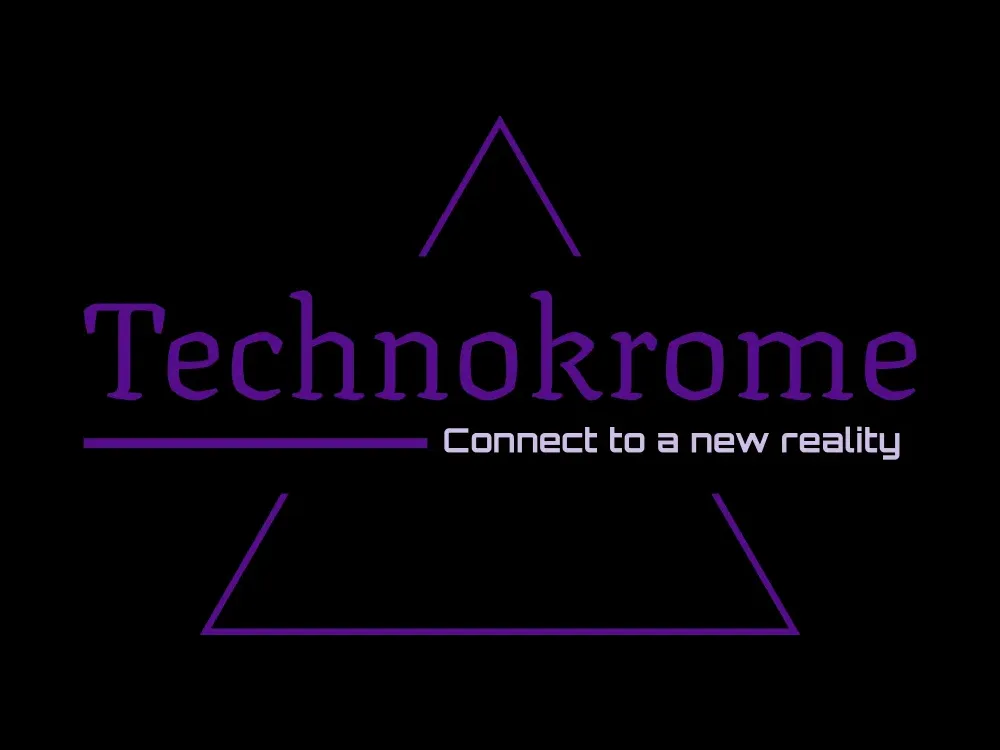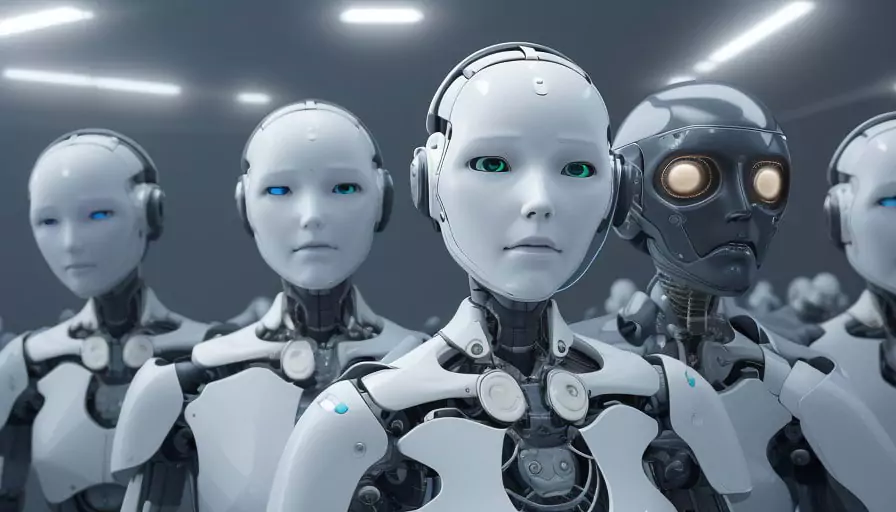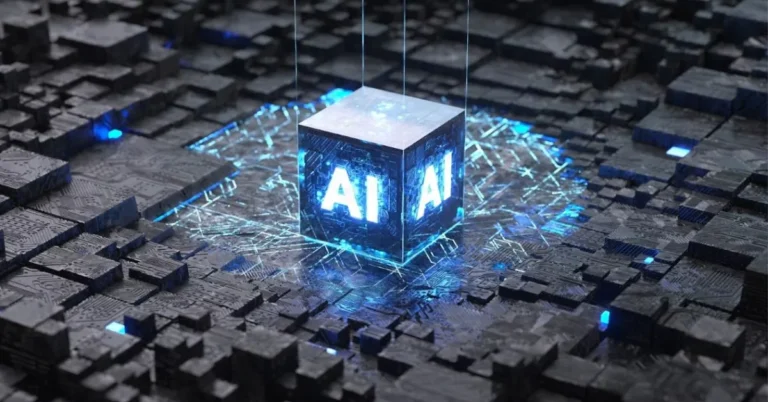In the exciting world of AI, things can get a bit tricky when it comes to ethics. Let’s say you’ve got these super-smart machines making decisions, but what if those decisions aren’t fair or even safe? That’s where AI ethics comes into play.
It’s like having a rulebook for AI, making sure it plays nice and fair. You see, AI systems can sometimes pick up on biases or make decisions that invade privacy. Not cool, right? So, to keep things on the up-and-up, companies are starting to form AI Ethics Committees. These are like the watchdogs of the AI world, making sure everything stays ethical and above board. Think of them as the referees making sure the game is played fair. Without them, it’s like letting a wild horse run free without any reins.
Table of Contents
Understanding AI Ethics
Alright, picture this – you’ve got these intelligent robots making decisions, but sometimes they can go a little wonky. That’s where AI ethics comes in handy.
It’s all about making sure these machines play fair and square, just like in a game. One big issue with AI is bias. Yep, these machines can sometimes pick up on biases from the data they’re fed, just like a sponge soaking up water. And when that happens, it can lead to unfair treatment of certain groups of people. Not cool, right?
Another thing to watch out for is privacy. Imagine if your personal info got into the wrong hands because of a slip-up with AI. Scary stuff!
Lets look at another example. Imagine you’re playing a game with some friends, but one player keeps changing the rules to their advantage. That wouldn’t be fair, would it? Well, sometimes, AI systems can act a bit like that sneaky player, bending the rules in ways that might not be right.
One major issue with AI is bias. You see, these clever machines learn from the data they’re given, just like you learn from your experiences. But sometimes, that data might be biased, like if it only represents one group of people and not others.
So, when the AI learns from this biased data, it can end up making unfair decisions that favor some groups over others. For example, if a facial recognition system is trained on mostly light-skinned faces, it might not recognize darker-skinned faces as accurately.
Another concern is privacy. Think about all the personal information we share online – from our shopping habits to our medical history. If AI systems mishandle or misuse this data, it could lead to serious privacy breaches, putting our sensitive information at risk.
Here’s where an ethics committee would come in. That will be like the referee in this game, ensuring that everyone plays by the rules. By establishing guidelines and standards for ethical AI development and deployment, we can help prevent bias and protect privacy.
The Risks of Unchecked AI
Okay, let’s say you’ve got these super-smart machines making decisions, but sometimes they go off the rails and do things that are, well, not so cool.
One big problem is bias. These AI systems can pick up on biases lurking in the data they’re fed, and before you know it, they’re making decisions that favor some folks over others. Not exactly fair play, right?
Lets say you’re applying for a job, but the company’s AI system keeps rejecting your application because it’s programmed to favor candidates from a certain demographic.
There was even a study that found that a popular AI-powered hiring tool was biased against women, systematically downgrading resumes that included the word “women’s” or the names of women’s colleges.
But wait, there’s more! Privacy concerns are another biggie. Imagine if your personal info ended up in the wrong hands because of a slip-up with AI. That’s like giving a stranger the keys to your house – not a good feeling! Just imagine if your medical records were leaked because of a glitch in a healthcare AI system!
And let’s not forget about unintended consequences. Sometimes, these AI systems can do stuff that nobody saw coming, like causing accidents or spreading misinformation.
AI systems are incredibly powerful, but they’re not infallible. For instance, an AI-powered chatbot designed to mimic human conversation ended up spewing hate speech after learning from interactions with users.
However, there’s a solution – putting together an AI Ethics Committee. These folks could be the heroes of the AI world, swooping in to keep things in check and make sure AI plays by the rules. It’s all about keeping the game fair and square for everyone.
Role of the Committee
An AI Ethics Committee is all about keeping AI implementation in check. These committees are like the guardians of fairness and transparency in the AI realm.
So, what exactly do they do? Well, first off, they set the rules of the game. Think of them as the referees making sure everyone plays by the same playbook. They develop guidelines and standards for ethical AI development and deployment, ensuring that AI systems are fair, transparent, and respectful of privacy rights.
They may also review AI algorithms and applications to make sure they’re not biased or discriminatory. And if they do spot any issues, they’re quick to step in and set things right.
Take, for example, the case of facial recognition technology. Studies have shown that these systems can be biased against certain racial or gender groups, leading to unfair treatment.
An AI Ethics Committee would be responsible for reviewing these systems and ensuring that they’re accurate and unbiased. They scrutinize these systems to identify any biases or discriminatory patterns.
Also like we said before, if an AI algorithm used in hiring processes consistently favors candidates from certain backgrounds over others, the committee would intervene to address this bias.
The committee members would also act as advocates for individuals’ rights, particularly concerning privacy. With the vast amount of personal data being processed by AI systems, protecting privacy is paramount.
The committee sets standards to ensure that AI applications respect individuals’ privacy rights and handle sensitive data securely.
They also serve as a bridge between technology and society. They engage with stakeholders to understand concerns and ensure that AI benefits everyone. They might also collaborate with community groups to assess the impact of AI systems on marginalized populations and advocate for inclusive solutions.
Simply put, these guys would ensure that AI works for everyone and that nobody gets left behind.
The Upsides of Committee Involvement
An AI Ethics Committee would basically be a shield, protecting companies from ethical pitfalls. By sticking to the rules laid out by the committee, companies can protect their reputation and earn trust from customers and stakeholders.
I mean, if a company is transparent about how it uses AI and shows their commitment to ethical practices, consumers are more likely to trust its products and services.
Plus, having an AI Ethics Committee helps companies stay out of legal trouble. With all the rules and regulations around AI these days, it’s important for companies to play by the book. The committee can help them figure out what’s allowed and what’s not, so they don’t end up in hot water with the law and avoid costly legal battles.
But it’s not just about avoiding trouble – putting together such a committee can actually spark innovation. By making sure AI systems are fair and transparent, companies can come up with cool new ideas without worrying about stepping on anyone’s toes. It’s like giving them the green light to get creative!
So, bottom line: having an AI Ethics Committee isn’t just a good idea – it’s essential for companies that want to do right by their customers, their employees, and the world.
Establishment
First things first, forming the committee is like assembling a dream team. You want a diverse group of people with different backgrounds and expertise – think engineers, ethicists, lawyers, and maybe even representatives from community groups. Each member brings a unique perspective to the table, ensuring that all bases are covered.
Next up, it’s time to define everyone’s roles and responsibilities. Who’s going to be the chairperson? Who’s in charge of reviewing AI algorithms? Who’s responsible for liaising with stakeholders? By clarifying these roles from the get-go, you’ll avoid any confusion down the line.
Now comes the fun part – putting the committee into action! Start by integrating it into your company’s existing processes and workflows. That might mean setting up regular meetings, creating channels for reporting ethical concerns, or developing guidelines for reviewing AI projects.
But setting up an such a committee isn’t a one-and-done deal – it’s an ongoing process. You’ll need to regularly reassess and adapt the committee’s structure and procedures to keep up with changes in technology, regulations, and society.
And last but not least, don’t forget to communicate! Keep your employees, customers, and other stakeholders in the loop about the committee’s work and its impact. Transparency is key to building trust and credibility.
Final Words
Embracing AI ethics isn’t just about following some boring rules – it’s about making sure technology works for everyone, not just a select few. People use AI to streamline business operations and reduce costs which in turn, provides them an edge over their competitors.
When we focus on doing the right thing with AI, we’re building a future where fairness, transparency, and respect are the name of the game.
And guess what? That’s not just good for businesses – it’s good for all of us. Whether you’re a company trying to win over customers or just someone who cares about how tech impacts our lives, having an ethics framework to follow is a no-brainer.
So, sleep on it and think about coming together to make it happen, so we can shape a future where AI benefits everyone.





